Mr. Loi cuts bamboo in a garden in Suoi Day commune, Tan Chau
LONG-TERM ATTACHMENT
Mr. Nguyen Huu Duc (56 years old) said that his family was one of the first families to start making bamboo chopsticks, then shared the work with other families in the neighborhood to have a stable source of income.
Mr. Duc said that at that time, there were not many jobs for hire, every family in the neighborhood planted strong bamboo around their house, his parents came up with the idea of making bamboo chopsticks to sell. At first, the bamboo sticks were whittled with a handle about 30 cm long, the blade 20 cm long, very heavy to hold, so his family made a new whittling mark. At first, the mark was made with a hacksaw blade, which his father hand-sharpened to create a round concave to whet the bamboo chopsticks into round and even shapes.
Later, when he learned that the fabric stalls in the market had thin, sharp fabric cutter blades, his parents bought them to sharpen into chopstick-making labels and sell them to other chopstick-making households in the neighborhood. Thanks to the small, sharp hand-sharpened labels, the number of chopsticks whittled each day was larger and more beautiful than before.
Mr. Duc added that nowadays, people in the neighborhood prefer to use blades made from paper cutters. Blades made from these two types are very durable, and when they wear out, they bring them to him to sharpen a new blade on the old blade. Each blade can sharpen 4 blades, and now there is a rewinding machine to help sharpen the blades. Each time a customer comes to sharpen, Mr. Duc charges 3,000 VND/blade.
As for Mr. Tran Thanh Trong (49 years old), one of the long-standing bamboo chopsticks makers in Truong Phuoc hamlet, he said that since he was born, he has seen his parents doing this job. Hearing his parents tell him that people in the neighborhood making bamboo chopsticks have a good income, he learned and started doing the job until now.
At that time, every house had a thicket of strong bamboo around the house. After cutting all the bamboo to make chopsticks, they would go to another hamlet to buy more. Since Truong Phuoc hamlet began to urbanize, the roads were expanded, and every household sold some land and cut down bamboo to build houses, so now in the hamlet there are not many houses with strong bamboo like before.
Mr. Duc used the chopstick sharpener to sharpen more kitchen chopsticks.
Nowadays, in areas with large areas of land, people grow bamboo gardens to grow bamboo shoots, so the source of bamboo for making chopsticks is much more abundant than before. Mr. Trong's family mainly buys pre-cut bamboo to make chopsticks. Because he has been involved in the profession for many years, Mr. Trong can easily recognize which bamboo is grown in gardens to sell for shoots and which is naturally grown bamboo.
Naturally grown bamboo is usually not fertilized or watered. When the bamboo is old, the bamboo stem has many white spots, the core is darker than bamboo grown for bamboo shoots. Every time the outer layer of bamboo is shaved, the dark part appears, making the chopsticks look very beautiful. The older the bamboo, the more beautiful the chopsticks. If exposed to enough sunlight, the chopsticks will have color, look sturdy and beautiful, and will not be moldy or eaten by termites.
Nowadays, in modern life, some neighboring areas use machines to make chopsticks to save time and effort, and the number of chopsticks made is also greater than that of traditional bamboo chopsticks. Mr. Trong said: “Bamboo chopsticks whittled by machine are not as beautiful as hand-writable chopsticks. Because when whittling chopsticks, depending on the age of the bamboo, the craftsman uses more or less force to whitt away the outer layer of bamboo, so that the next layer can show off all its beauty. But machines are pre-programmed, any bamboo will do the same operation with the same force.”
UPS AND DOWNS IN THE CAREER
Although the people in the hamlet have been involved in the bamboo chopsticks trade for a long time, it has not always brought in a good income. The bamboo chopsticks trade in the hamlet has also gone through periods when “chopsticks were made but no one bought them”, many people in Truong Phuoc hamlet quit the trade to work in factories and enterprises.
Mr. Nguyen Tan Loi (62 years old) is also one of the long-time chopstick makers in the hamlet. He said that at the age of 10, he followed his father to cut bamboo for his family to make chopsticks. When he was 21, he got married and started his own business making chopsticks. At that time, people preferred chopsticks with one end dipped in color and painted with patterns, so each pair of chopsticks had to be painted by a painter.
Nowadays, consumers prefer the rustic look and scent of bamboo rather than the fancy colors of the past, so they often buy in large quantities to use when the family has a party. Thanks to that, bamboo chopsticks from his village covered all markets in the province, then spread to the Western provinces.
Some traders also buy and sell to Cambodia. In the 2000s - peaking in 2014 - chopstick orders were plentiful, with buyers and sellers bustling in the hamlet. People's lives have improved since then. The number of households making chopsticks in the hamlet has increased day by day.
Ms. Thuy collects split bamboo strips and bundles them up for customers to use to make chopsticks.
But in recent years, the bamboo chopstick making business has become unstable. Chopsticks are produced in large quantities but few people buy them. Many traders have forced down prices, so the income is not enough to cover the costs. For many months, Mr. Loi stopped making chopsticks, but then he missed his job and started buying bamboo to make chopsticks again.
He has 4 children (2 boys, 2 girls), of which 2 have quit making bamboo chopsticks to work in factories, 1 son has switched to buying iron products, only the 40-year-old daughter continues to make chopsticks. After finishing housework, she starts splitting chopsticks for people in the neighborhood to buy, then whittling them, drying them in the sun, then taking them to the market to sell or finding buyers herself.
Ms. Nguyen Thi Thanh Thuy - Mr. Loi's daughter said, "Every day I split 2 thousand chopsticks (each thousand chopsticks is counted by chopstick makers as 1,000 pairs of chopsticks). I sell regular chopsticks for 180,000 VND/thousand, old chopsticks for 200,000 VND/thousand for people in the neighborhood to buy, whittle, and dry. After drying each thousand chopsticks, they bundle them into bundles and sell them for 500,000 to 750,000 VND/thousand. In other words, the work makes a profit, but in their free time, the elderly here don't know what to do."
Mr. Loi, like many families in Truong Phuoc hamlet, has many concerns about the unstable income from making bamboo chopsticks as it is now. He does not know if his grandchildren’s generation will continue to maintain the traditional bamboo chopstick making profession that their fathers left behind, or if it will be lost forever, and people will only hear through stories that “at that time, Truong Phuoc hamlet also had a bamboo chopstick making craft village…”.
Ngoc Giau
Source


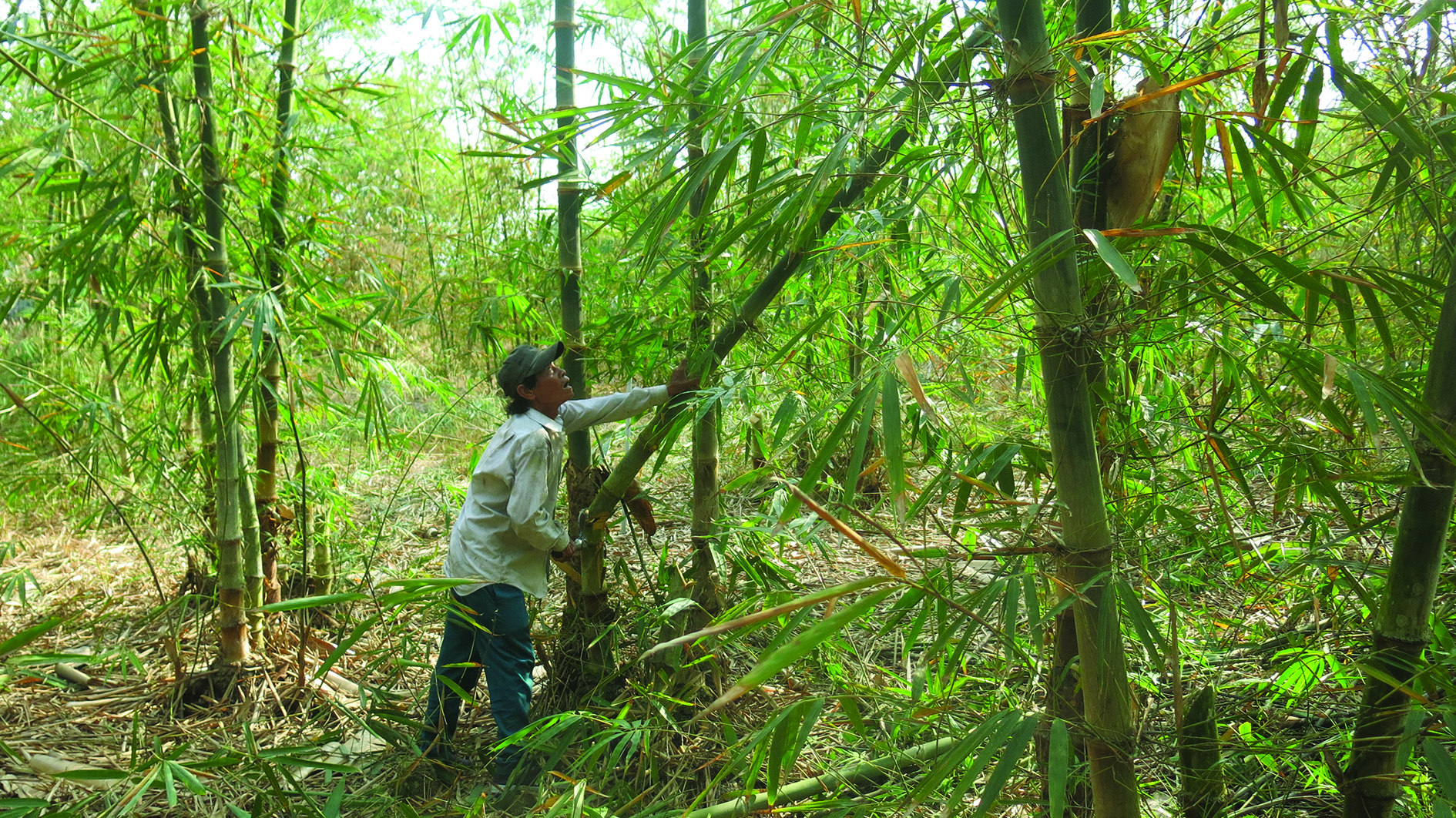
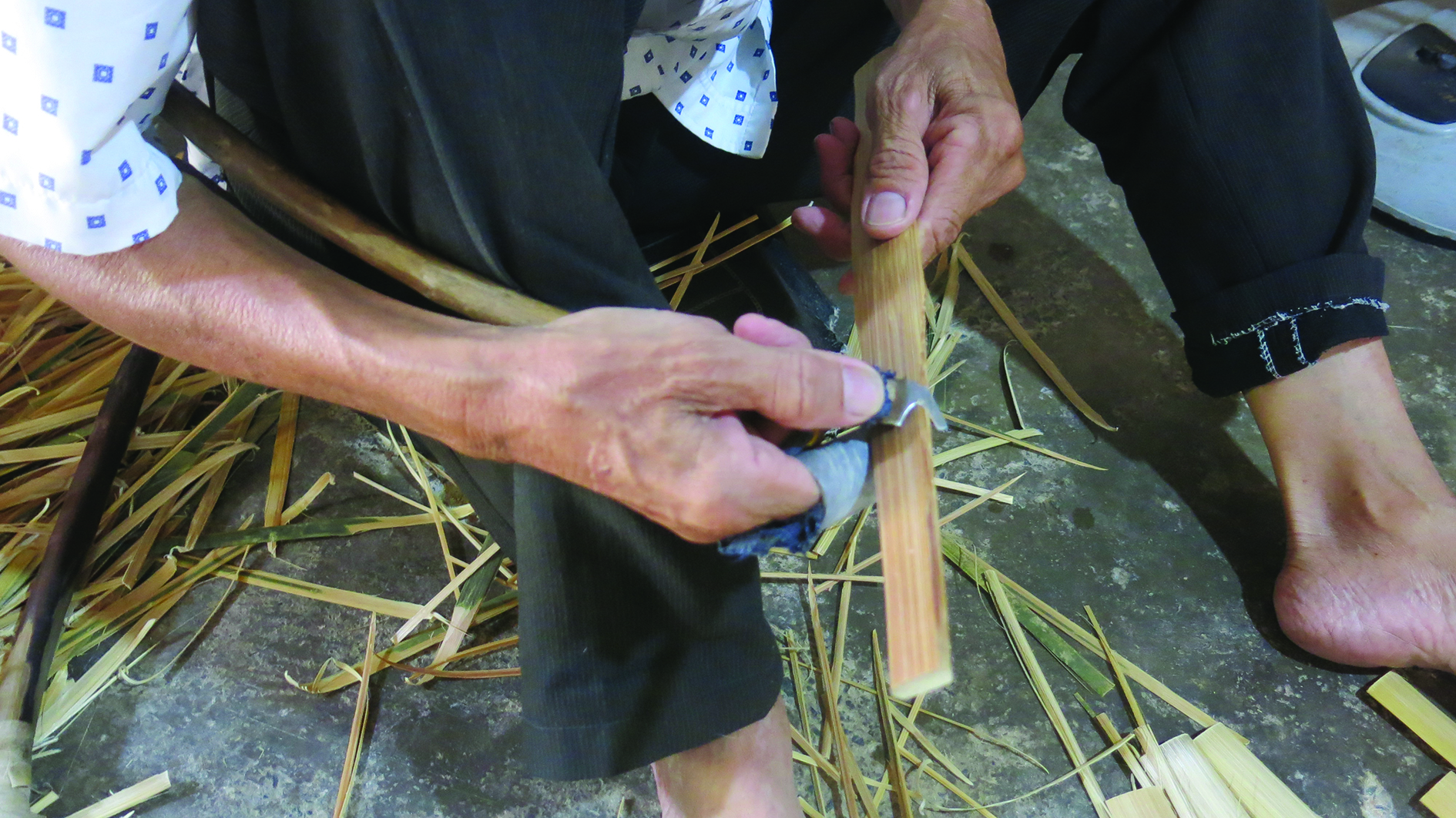
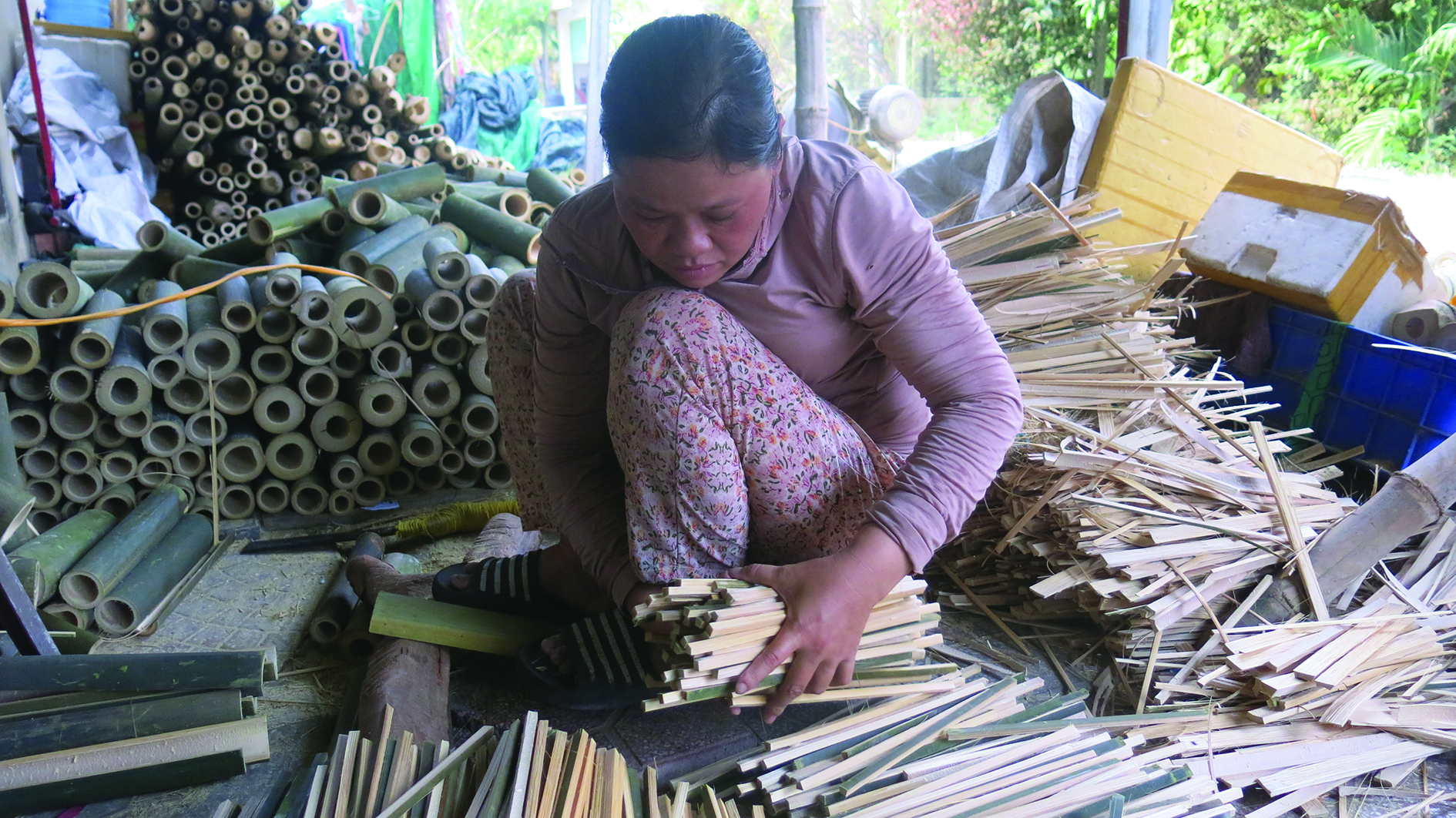

![[Photo] Ho Chi Minh City is brilliant with flags and flowers on the eve of the 1st Party Congress, term 2025-2030](https://vphoto.vietnam.vn/thumb/1200x675/vietnam/resource/IMAGE/2025/10/10/1760102923219_ndo_br_thiet-ke-chua-co-ten-43-png.webp)

![[Photo] General Secretary attends the parade to celebrate the 80th anniversary of the founding of the Korean Workers' Party](https://vphoto.vietnam.vn/thumb/1200x675/vietnam/resource/IMAGE/2025/10/11/1760150039564_vna-potal-tong-bi-thu-du-le-duyet-binh-ky-niem-80-nam-thanh-lap-dang-lao-dong-trieu-tien-8331994-jpg.webp)

![[Photo] Opening of the World Cultural Festival in Hanoi](https://vphoto.vietnam.vn/thumb/1200x675/vietnam/resource/IMAGE/2025/10/10/1760113426728_ndo_br_lehoi-khaimac-jpg.webp)












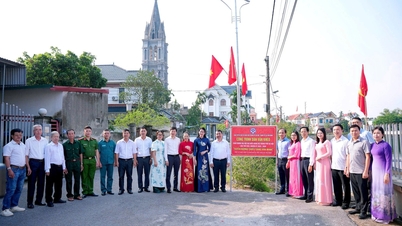




































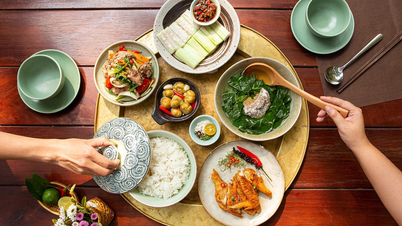













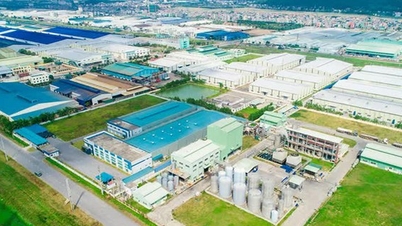


























Comment (0)